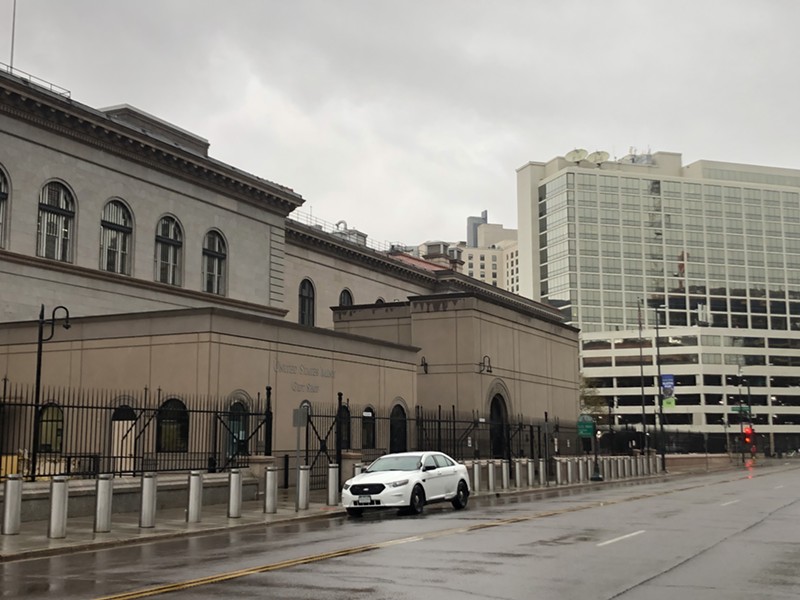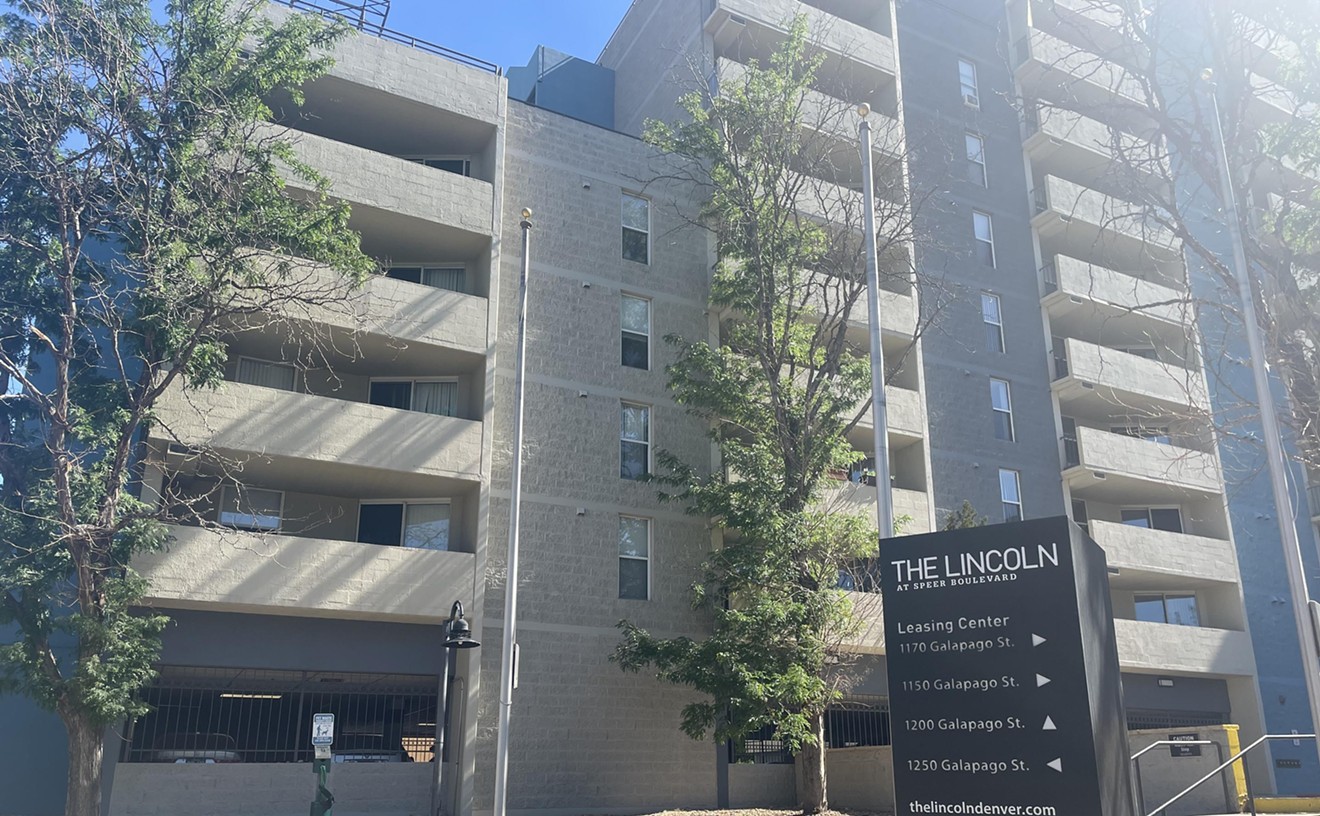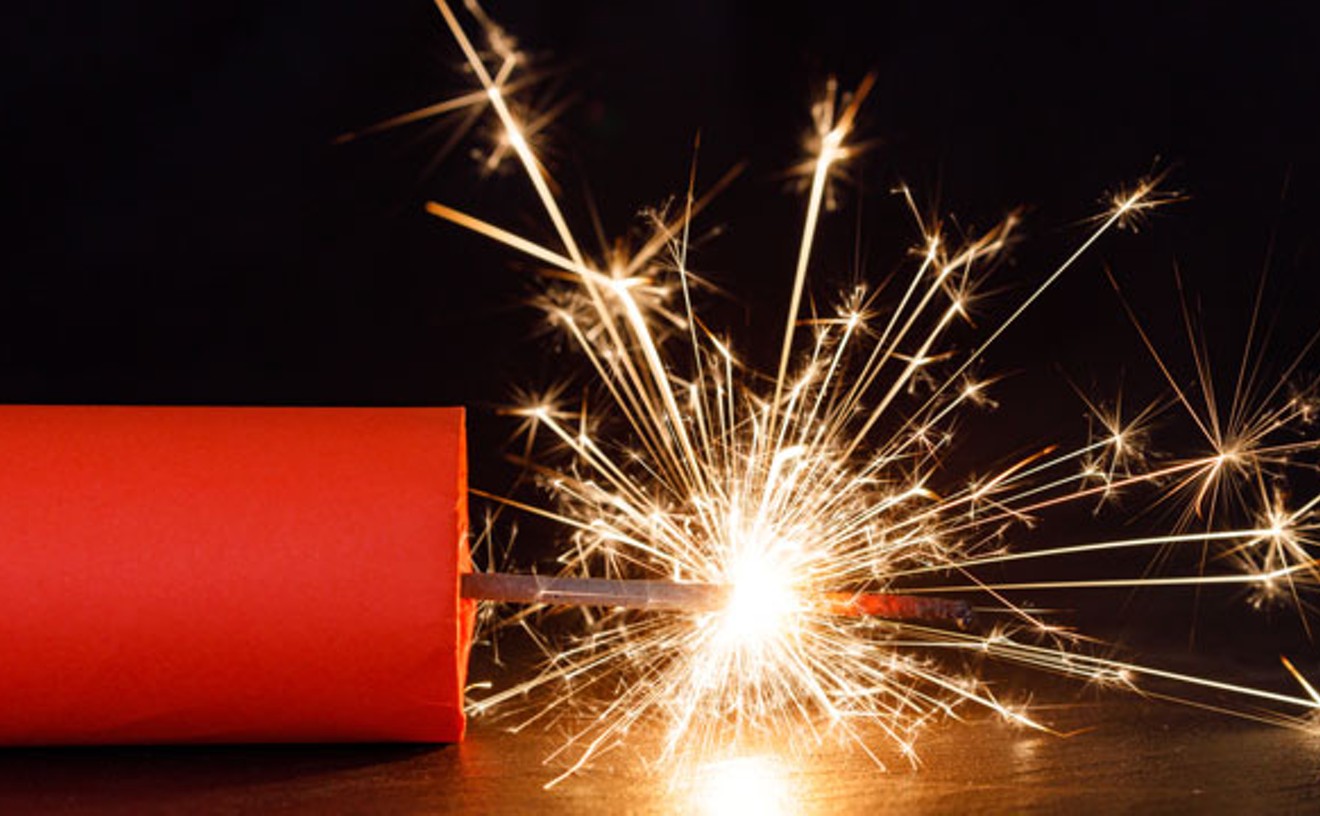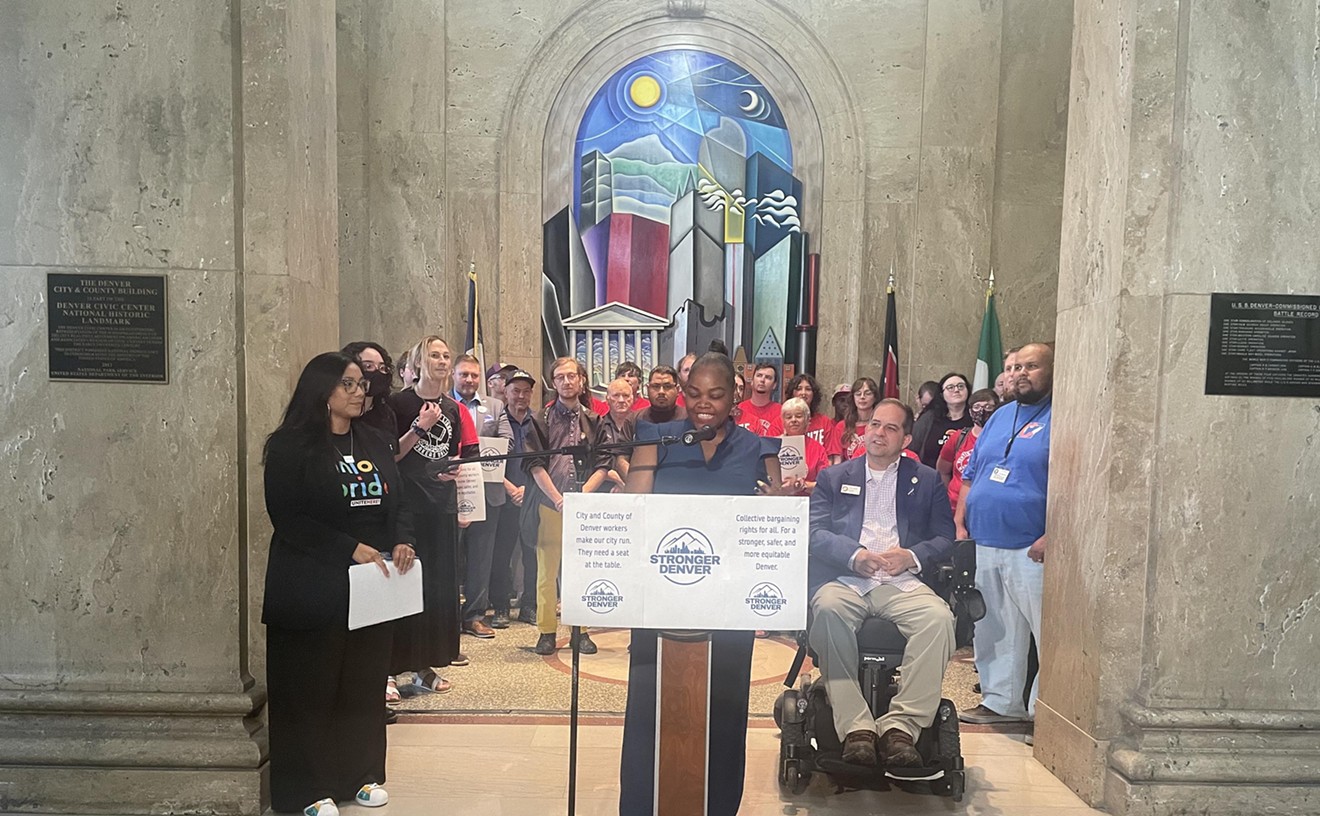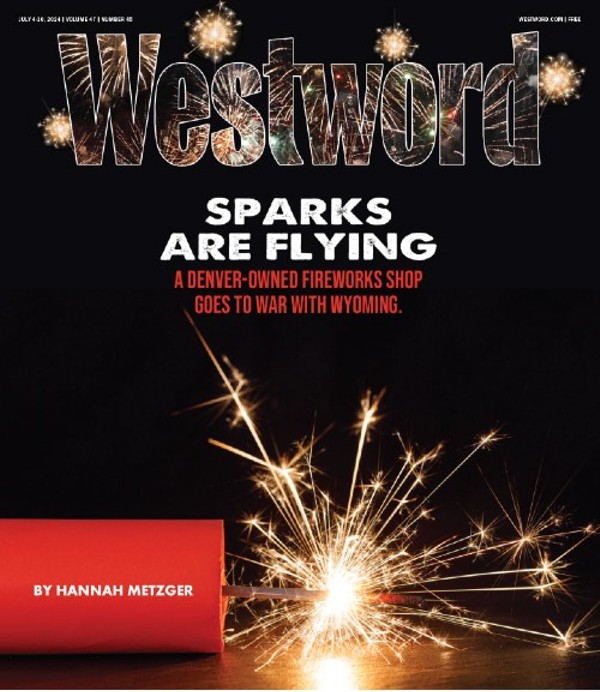Making cents just doesn't make sense anymore.
The cost to produce both pennies and nickels is now more than double what each of those coins is actually worth, thanks to inflation, which is driving up the price of materials.
A recent United States Mint report outlining the skyrocketing costs says it now takes nearly three pennies to make just one — and more than ten cents to make a nickel.
Denver is home to one of the country's four coin-producing mints, each of which receives no federal or state funding, notes the mint's official website. The facilities primarily make their money by selling the coins they produce at face value to the Federal Reserve, according to the U.S. Treasury.
The Denver Mint produces "approximately thirty million coins per day," says Jennifer DeBroekert, chief of public affairs for the manufacturer. Twelve million of those coins are pennies and 3.84 million are nickels.
That means that as of last year, the downtown facility has been losing approximately $206,400 a day on pennies and $207,744 on nickels. Fortunately, the mint produces approximately $750,000 worth of dimes per day, which cost $377,250 to produce, and $1.65 million worth of quarters, at a cost of $732,000.
In total, the mint records net gains of around $1.3 million on the dimes and quarters it produces, while losing about $400,000 on pennies and nickels each day the facility is active.
Although the mint is in the black for now, the cost to produce the higher-value coins is also going up, and profit margins have been shrinking, according to the U.S. Mint report.
A quarter cost about eight and a half cents to produce in 2020; it cost just under eleven cents in 2022. The cost to mint a dime, meanwhile, shot up by nearly one and a half cents during that same time span.
Between 2020 and 2022, the cost to produce a penny nearly doubled, and the cost to produce a nickel rose by three cents. The culprit for this coinage crisis? The rising price of the metals used to make each of the coins, according to the U.S. Mint.
"Since [fiscal year] 2020, costs of supplies and materials for the production of the Nation's coins have increased significantly," reads the bureau's report.
DeBroekert declines to say whether continually rising costs could create a risk of closure for the Denver Mint or any of the nation's other three coin-making facilities. To avoid such an outcome, the U.S. Mint is suggesting that lawmakers approve legislation to let different and less expensive materials be used in the creation of our country's coins. "Congress must pass a law to either specifically make changes to statutory coin composition or provide authority for the Mint to change to an alternative metal under certain conditions," the report notes.
In response, U.S. senators Joni Ernst of Iowa and Maggie Hassan of New Hampshire reintroduced a bill in April to allow the mint to alter coin metal content.
According to DeBroekert, the Denver Mint currently gets its "ready-to-strike blanks for the Lincoln cent" from Artazn of Greeneville, Tennessee. "Cupro-nickel strip for the nickel, dime, quarter, half-dollar and dollar coins are sourced from PMX of Cedar Rapids Iowa, and Wieland Rolled Products of East Alton, Illinois," she says. Costs to transport materials from these locations are factored into the overall unit production cost of each coin.
The Denver Mint has been producing coins since 1906, according to information from the U.S. Mint's website. "Coins manufactured at the Denver Mint are generally distributed to fulfill orders from the Federal Reserve Bank for destinations west of the Mississippi River," DeBroekert says.
The mint, however, was established more than forty years earlier — by an act of Congress in 1862 — in response to the gold rush reaching Colorado. Its opening came four years after gold was discovered along the Platte River, and it was originally created simply as an assay office, a place where gold miners could melt and cast their raw gold into bars.
Staying true to its roots, the Denver Mint currently stores 17.5 percent of the nation's gold reserves.
The mint was originally located at 16th and Market streets, where it operated exclusively as an assay office. In 1895, Congress authorized the Denver Mint to produce gold and silver coins and provided funds for it to move to a new building to do so, according to Colorado Encyclopedia. A year later, the site for the new building was purchased at Colfax and Cherokee Street, but construction was not complete until 1904, and coin production did not start until 1906, because the machinery needed for production was on display at the St. Louis Exposition.
The mint is still located at the Colfax location and is the country's oldest continually operating U.S. Mint facility. However, during the 1960s and ’70s, the building was in need of major renovation, and perhaps even relocation. A long debate ensued over what to do with it, one possibility being to close it entirely.
According to a report issued on July 16, 1974, then-Denver Mint director Mary T. Brooks said the situation had "endangered the mint remaining in Colorado." One neighboring state was eager to step up; then-Senator Joseph Montoya told her that "the site question could not be delayed much longer and reminded me that other cities, including Albuquerque, might be interested in having the mint."
Brooks considered locations along the South Platte River and also the Federal Center. But the City of Denver was pushing the Park Hill Golf Course, which had opened as a golf course in 1930 and had been run by Robert Shearer until 1970; the city served as the probate officer for the Clayton Trust, which owned the property. The plan to move the mint there made it all the way to the Senate Banking Committee. Ultimately, though, government officials decided to renovate the mint at its Colfax location.
And today, the future of the Park Hill Golf Course is still in flux.
Although the Denver Mint is currently losing money on the nickels it produces, the location has produced versions that are worth far more than five cents.
Buffalo nickels, produced between 1913 and 1938 at the Denver Mint — and depicting a Native American man in a headdress on the front and a buffalo on the back — are a hot commodity for coin collectors.
Some Buffalo nickels originally minted in Denver are listed on Ebay for over $100,000. According to journoresearch.org, a Denver Buffalo Nickel showing a buffalo with a missing leg because of a printing error sold for $7,400 earlier this year.
While the Denver Mint is currently hemorrhaging money because of inflation, it's not the first time it has sustained a loss. On December 18, 1922, gangsters stole $200,000 from the location in what was known as the "Great Mint Robbery."
The Denver Mint offers tours throughout the day, Monday through Thursday.
[
{
"name": "Air - MediumRectangle - Inline Content - Mobile Display Size",
"component": "12017618",
"insertPoint": "2",
"requiredCountToDisplay": "2"
},{
"name": "Editor Picks",
"component": "17242653",
"insertPoint": "4",
"requiredCountToDisplay": "1"
},{
"name": "Inline Links",
"component": "18838239",
"insertPoint": "8th",
"startingPoint": 8,
"requiredCountToDisplay": "7",
"maxInsertions": 25
},{
"name": "Air - MediumRectangle - Combo - Inline Content",
"component": "17261320",
"insertPoint": "8th",
"startingPoint": 8,
"requiredCountToDisplay": "7",
"maxInsertions": 25
},{
"name": "Inline Links",
"component": "18838239",
"insertPoint": "8th",
"startingPoint": 12,
"requiredCountToDisplay": "11",
"maxInsertions": 25
},{
"name": "Air - Leaderboard Tower - Combo - Inline Content",
"component": "17261321",
"insertPoint": "8th",
"startingPoint": 12,
"requiredCountToDisplay": "11",
"maxInsertions": 25
}
]

